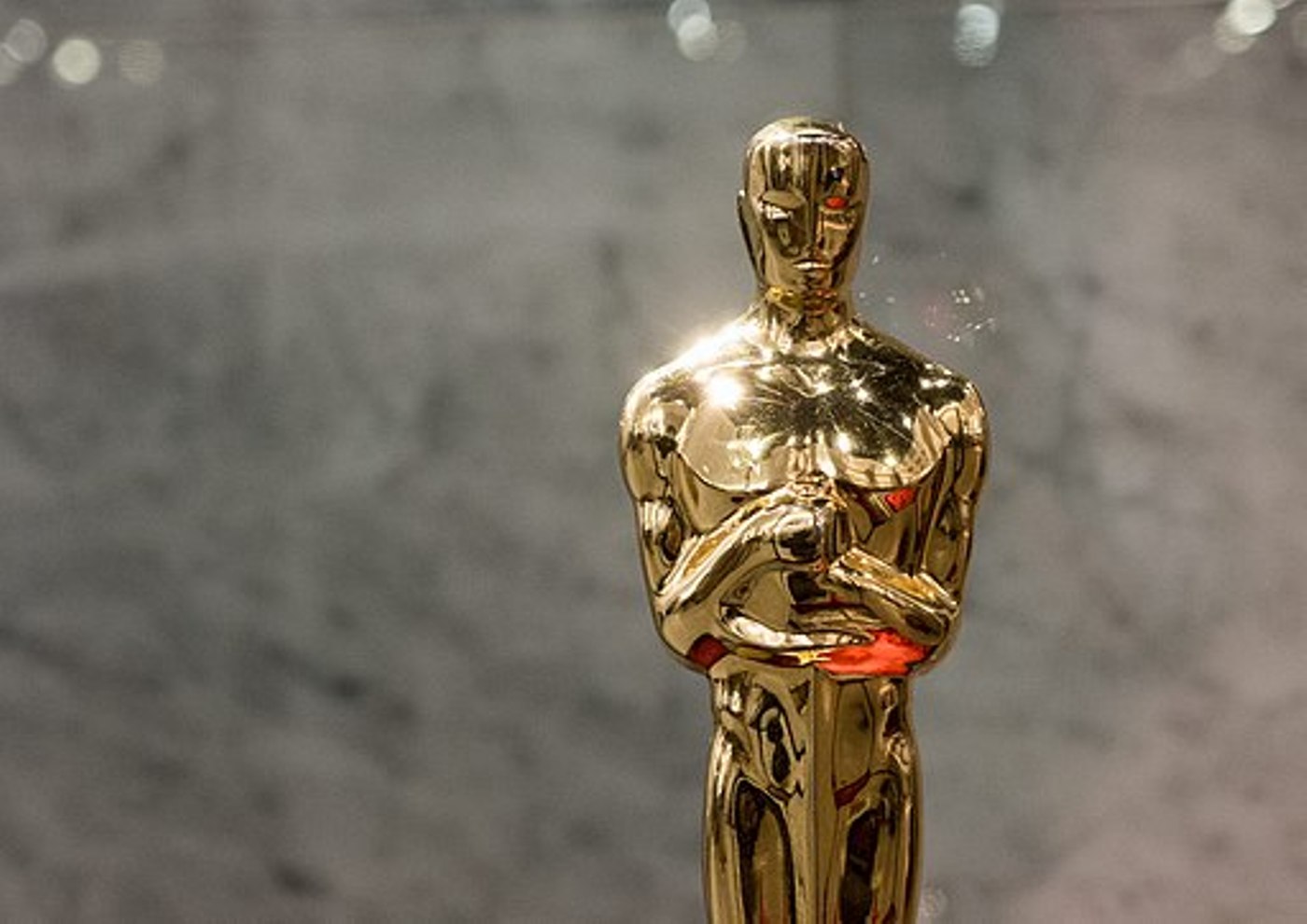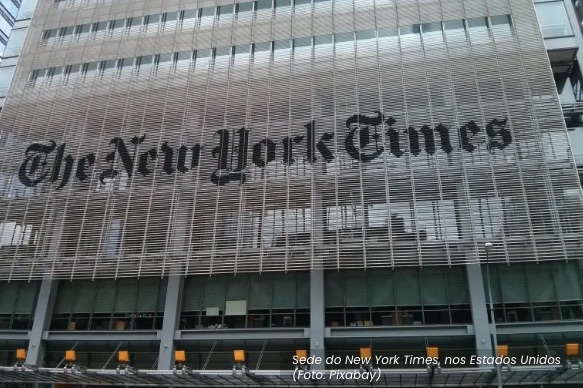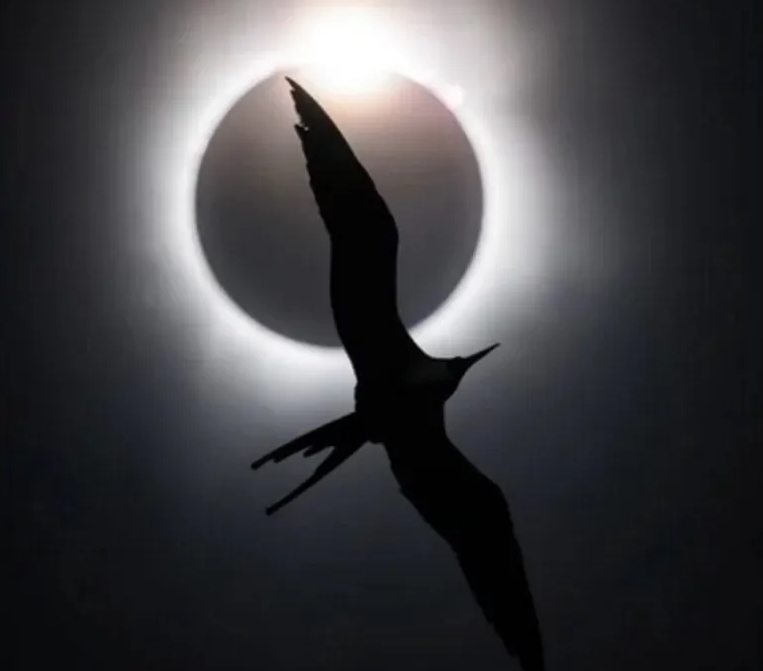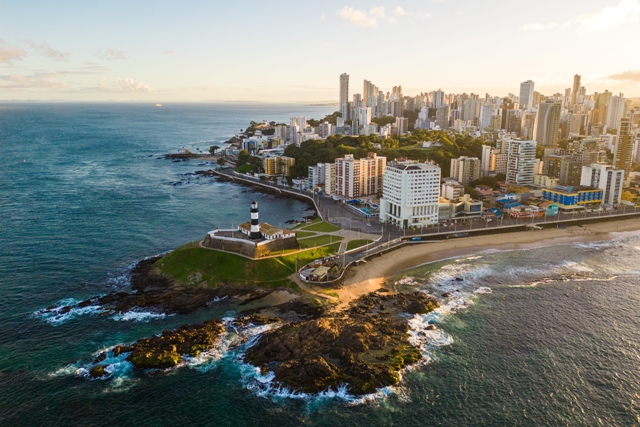
In London last month there was a red-carpet awards ceremony at the BAFTAs to celebrate the best in film and television. The gong for best documentary went to “Navalny” — a film that details the aftermath of the 2020 poison attack on Russian opposition leader Alexey Navalny, which is among the Oscar documentaries nominated.
At the heart of the documentary is the investigation into who was behind his poisoning with the military-grade nerve agent Novichok, a probe led by members of Navalny’s anti-corruption team and Christo Grozev, Bellingcat’s lead Russia investigator.
Grozev, notably,did not attend the London ceremony as he posed a “security risk.” The producer of “Navalny,” Odessa Rae, revealed while receiving the award that Grozev’s life is “under threat by the Russian government and Vladimir Putin.”
Grozev was recently forced to relocate from his home in the Austrian capital, Vienna, after he was warned his life could be in jeopardy there as well. Speaking about the BAFTA ceremony, he wrote on Twitter:
“Moments like this show the growing dangers to independent journalists around the world. These dangers don’t stem just from murderous dictators, but also from having journalists’ voices hushed — instead of amplified — by the civilized world they are trying to serve”.
“Navalny” is also among the five films competing for Best Documentary Feature at the 95th Academy Awards on March 12 (five others are nominated in the Best Documentary Short category).
It’s unclear if Grozev will attend the ceremony in Hollywood, but the team behind that film will be hoping another win will confirm the documentary’s status as one of the best films last year — no matter how powerful the people who oppose it.
Best Documentary Feature Oscar Nominees
Navalny
When the Russian opposition leader Alexey Navalny awoke from the poisoning attempt that nearly took his life, he was told he had been targeted with the nerve agent Novichok.
His reply, according to the documentary? “He said, very clearly: ‘What the ****! That is so stupid!’”
The Kremlin has always denied being behind the poisoning of the man who hoped to one day unseat Vladimir Putin, but as Navalny points out in the documentary, using a dangerous and almost impossible to acquire nerve poison rather limits the field of possible suspects.
“If you want to kill someone just shoot him, Jesus Christ,” Navalny continued, outraged at the audacity of the attack. “Putin is not supposed to be so stupid.”
This documentary, by Daniel Roher, digs into the attack on Navalny, investigating the Russian secret agents the filmmakers and Bellingcat’s Grozev say were behind the attack.
As the film tours the festival circuit, Navalny himself languishes in a Russian prison: after the poisoning, he was tried and jailed for fraud and contempt of court, charges widely thought to be trumped up by the same regime that tried to kill him.
All the beauty and the bloodshed
The photographer Nan Goldin made a name for herself fighting the system. She says she was told nobody “photographs their own lives,” and faced heavy resistance from male artists and gallerists who found her unconventional work challenged established norms.
But, as the US-born artist says: “photography is like a flash of euphoria…and it gave me a voice”. Goldin sits at the heart of this documentary wich her latest battle, a campaign to highlight the connections between one of America’s leading philanthropic families – who have a presence in many of the country’s biggest galleries and museums – and the pharmaceutical companies making a profit from a prescription drug crisis.
Academy Award-winning filmmaker Laura Poitras (who previously won an Oscar for her documentary, “Citizenfour” about Edward Snowden’s NSA leaks), tells this story through interviews, slideshows, Goldin’s own photography, and footage of the guerrilla-style protests she held at major art institutions.
A reviewer in the Financial Times said the filme was “ferociously powerful… A reminder of what can be achieved by those who take pain and turn it into truth”.
A house made of splinters
“Our shelter is a house built of sorrow. Every child leaves a lasting mark on the shelter’s worn-out walls. On us, and on the friends they make here”, says one of the people featured in “A house of splinters”.
This documentary was filmed before Russia’s invasion of Ukraine, but deals with the legacy of a previous incursion into the country’s eastern border areas.
Director Simon Lereng Wilmont and producer Monica Hellström film their Oscar-nominated documentary in a large “ramshackle” orphanage near the front line in eastern Ukraine, a place where children sit and wait for lost parents, play, cry, whisper, and cartwheel down the corridors to bide their time.
Most of the children have seen their homes destroyed by poverty, violence, and war — the women who run the shelter pick up the pieces. “Life has always been hard here,” one of the women says to the camera. “The war made things even worse, but hope still flickers here”.
All that breathes
An Oscar front-runner — after it won prizes at Sundance and Cannes — is Shaunak Sen’s “meditative” documentary about two brothers in Delhi who built a makeshift hospital in their basement to care for the black kite birds who suffer from the city’s famously polluted skies.
“One shouldn’t differentiate between all that breathes,” one of the brothers tells the camera. Filmed over several years, and crafted from 400 hours of original footage, critics have called the film “a remarkable, vital piece of cinema” .
Carol Midgley wrote in The Times (UK) that the documentary is “simple in its slow, calm storytelling, but profound in the philosophical points it raised about how we are all connected in the vast ecosystem” .
Film-going audiences so far seem to agree, and the film gets an incredible 99% rating among reviewers on Rotten Tomatoes.
Fire of love
For two decades, the French volcanologists Katia and Maurice Krafft traveled the world, observing volcanoes close up, frying eggs on lava run-off, and donning silver-colored suits to protect themselves from the intense heat as they studied some of the earth’s most violent natural phenomena up close.
This documentary — made by Sara Dosa and available on the NatGeo channel — charts this “explosive” relationship from two young scientists meeting on a blind date in a cafe to a life spent flirting with death.
Each adventure was meticulously documented, with hundreds of hours of footage shot by the duo, and thousands of photos. “If he is going to die, I’d rather be with him”, Katia says, somewhat presciently, to the camera.
“We are crazy to stay here and yet we stay here”. The couple died in a 1991 volcanic explosion on Mount Unzen in Japan, but the filmmakers say their legacy “forever enriched our knowledge of the natural world”.
Rolling Stone called the documentary a “sublime… stranger-than-fiction masterpiece”.
Best documentary short Oscar nominees
The Martha Mitchell effect
“Martha Mitchell hit this town like a bombshell,” one of the interviewees in this documentary states about the Watergate whistleblower Martha Mitchell, who, not long after the scandal became public, called on President Nixon to resign.
“I do say what I believe”, Mitchell points out, immaculately dressed and always delivering her verbal punches with a smile. “This man knew what was going on. He was negligent in being president”.
But as the wife of Nixon’s first attorney general, John Mitchell (who resigned from that post to run the president’s scandal-plagued re-election campaign), her comments would cause untold headaches for the White House.
The documentary combines news and archival footage to detail how the same administration her husband was a part of ran a campaign to sideline her, attempting to gaslight her into silence.
The LA Times says the documentary is “a gripping portrait of political sexism as the whistleblowing Nixon-era cabinet wife goes from beloved truth-teller to conspiracy scapegoat”.
Haulout
This short New Yorker documentary was made by the Russian siblings Evgenia Arbugaeva and Maxim Arbugaev. The film follows the work of a scientist posted to a remote Arctic beach, and details the chaotic effects of climate change and melting sea ice on Pacific walruses.
The visual palette of the film is bleak: gray, misty, and full of dense fog hovering above a crashing sea. The scientist is based in a desolate beachside cabin — where the two filmmakers stayed for a whole season to record.
The duo have been covering stories about the Arctic for more than a decade, but this is their first film. Evgenia called making the documentary “such a visceral experience,” since the “smell of ammonia, excrement, and rotting flesh was excruciating”.
The LA Times says “in the apocalyptic awe of this stark film’s dominant, unforgettable visual… is, one fears, a somber harbinger for us all”.
Read more about how the documentary was made in this compelling behind-the-scenes account in the New Yorker.
Stranger at the gate
The second New Yorker documentary to make the Oscar shortlist this year tells the story of a radicalized former Marine with post-traumatic stress disorder (PTSD) who was “at war with Muslims”, and intent on committing a mass atrocity before being befriended and saved by the same community he planned to attack.
“I was hoping for at least 200 or more, dead, injured,” Mac McKinney ominously says, while community members recount how he paced back and forth in front of their mosque, head down, full of hatred.
But something unexpected happened next — he was welcomed inside. “I invited him over for dinner”, one of his would-be victims says. “To make him feel from my heart that he is welcome”.
By the time the FBI caught up with him, he had disposed of the bomb-making equipment, and the community he had planned on attacking was now helping him deal with a troubled past“.
I can never in a million years repay this community, what they have given me”, the marine tells director Joshua Seftel.
The LA Times said the documentary — which features Malala Yousafzai as executive producer — shows how a “thirst for bloodshed is transformed by radical kindness”.
The elephant whisperers
This 40-minute documentary short tells the story of Bomman and Bellie, a couple in South India who devote their lives to caring for an orphaned baby elephant named Raghu that has been separated from its herd.
Directed by Kartiki Gonsalves, the action takes place on a tiger reserve — where the families of the main characters have lived for generations — and which provides an incredible backdrop to this portrait of an unconventional family.
“We live off the forest, but we also protect it”, one of the duo says to the camera. The couple speak to the elephant delivered to their care, while children play with it in the river, at one point the elephant even plays football: it all combines to create a “mesmerizing visual safari”, according to a reviewer at The Hindu.
How do you measure a year?
Parents often say that the time with their children flies by. But what if you document them on the same day every year, what story does it tell? How do they change?
American therapist turned film director Jay Rosenblatt — who was nominated in this category for a different film last year — interrogates this question in “How Do You Measure a Year?” which features 17 years of birthday interviews with his daughter Ella — from age two to 18.
“In this film we see this girl grow into a woman, both physically, emotionally, and psychologically”, Rosenblatt said in one interview. “It’s kind of like watching time” .
Among the questions put to Ella by her father are: What do you dream about? What scares you? What do you think about our relationship? What’s the most important thing to you? To the latter she answers “my family” before pausing to ask “does my dog count?”
The Radio Times said the documentary is “a little story about growing up and the love between father and daughter”.
The article first appeared on Global Investigative Journalism Network and is republisched here under a Creative Commons license.
About the author
Laura Dixon is an associate editor at GIJN and a freelance journalist from the UK. She has reported from Colombia, the US, and Mexico, and her work has been published by The Times, The Washington Post, and The Atlantic. She has received fellowships from the IWMF and the Pulitzer Center.
Leia também | Newsrooms need to do more to protect journalists from online harassment, research shows














